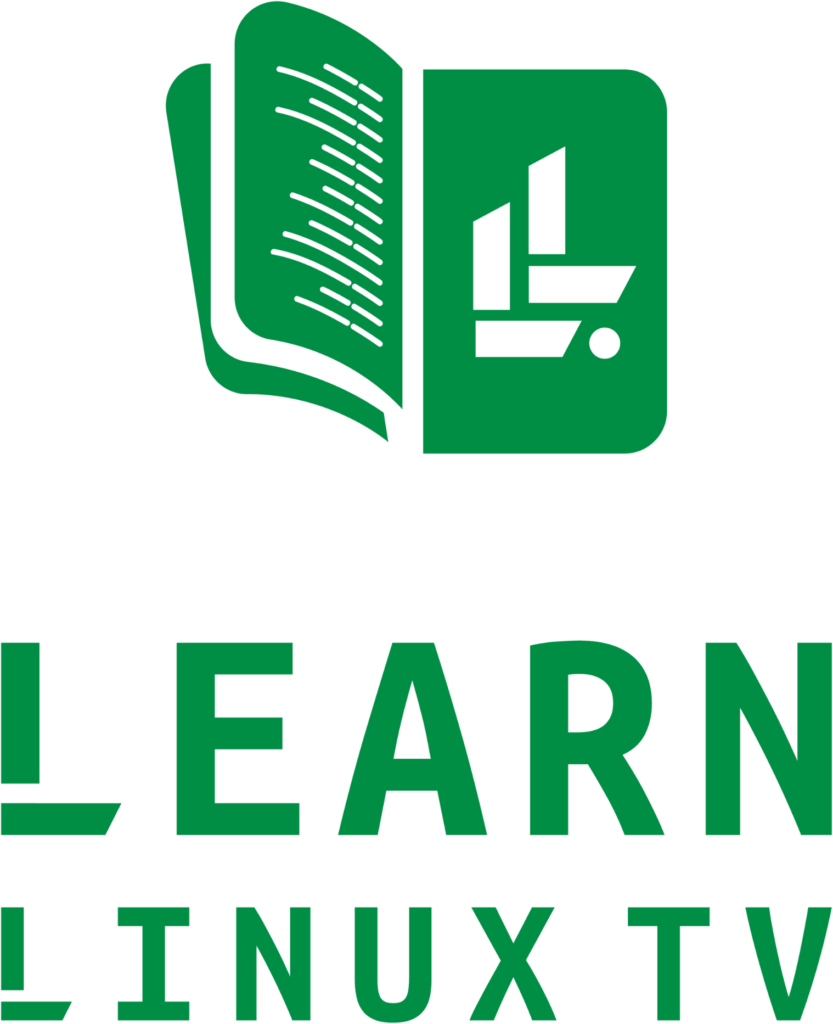When creating a deployment image or template for distributing Linux to devices or servers, it’s a good idea to make sure that you reset the host keys for SSH. In this video, I’ll show you an easy method I found for automating this.
You can find the systemd unit file I used in the video here.
(more…)











